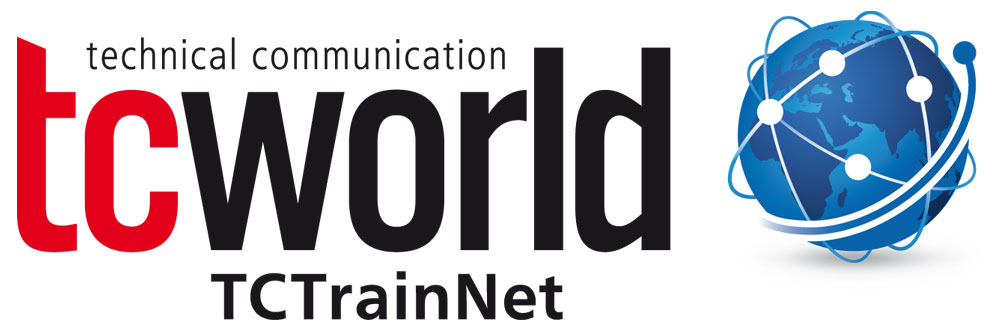The method is based on three phases of information analysis and creation:
- I+K analysis: In an imaginary dialog, authors and knowledge-carriers analyze the situation and the information needs of the target group using the information chain "Topic -> Target Group -> Purpose -> Content", by which Instructions (I) are contrasted with Knowledge (K). Techniques such as brainstorming and interviews are used. This results in key information for the other phases.
- Structuring: The key information is classified and incorporated into elements of structuring types, "Block", "Map" and "Advanced Organizer". Here, a Block is one of the following information types: "Procedure", "Process", "Principle", "Concept", "Structure" and "Fact", and answers one of the “W” questions (Who, Where, Why, What, etc.). A Map is thus composed of different blocks. This results in modular information units (Information Maps).
- Presentation: Based on the seven principles of the method, a use-oriented presentation of the content is prepared
- Chunking: Breaking down information into small units
- Labeling: Navigation-oriented optimization of titles
- Relevance: Eliminating superfluous information
- Information carriers: Using the recommended information carriers for comprehensible presentation, such as e.g. text, lists, tables, images, diagrams
- Details: Preparation of the content with details, depending on the target group
- Classification: Testing and applying a uniform classification into chunking, labeling and order of information



